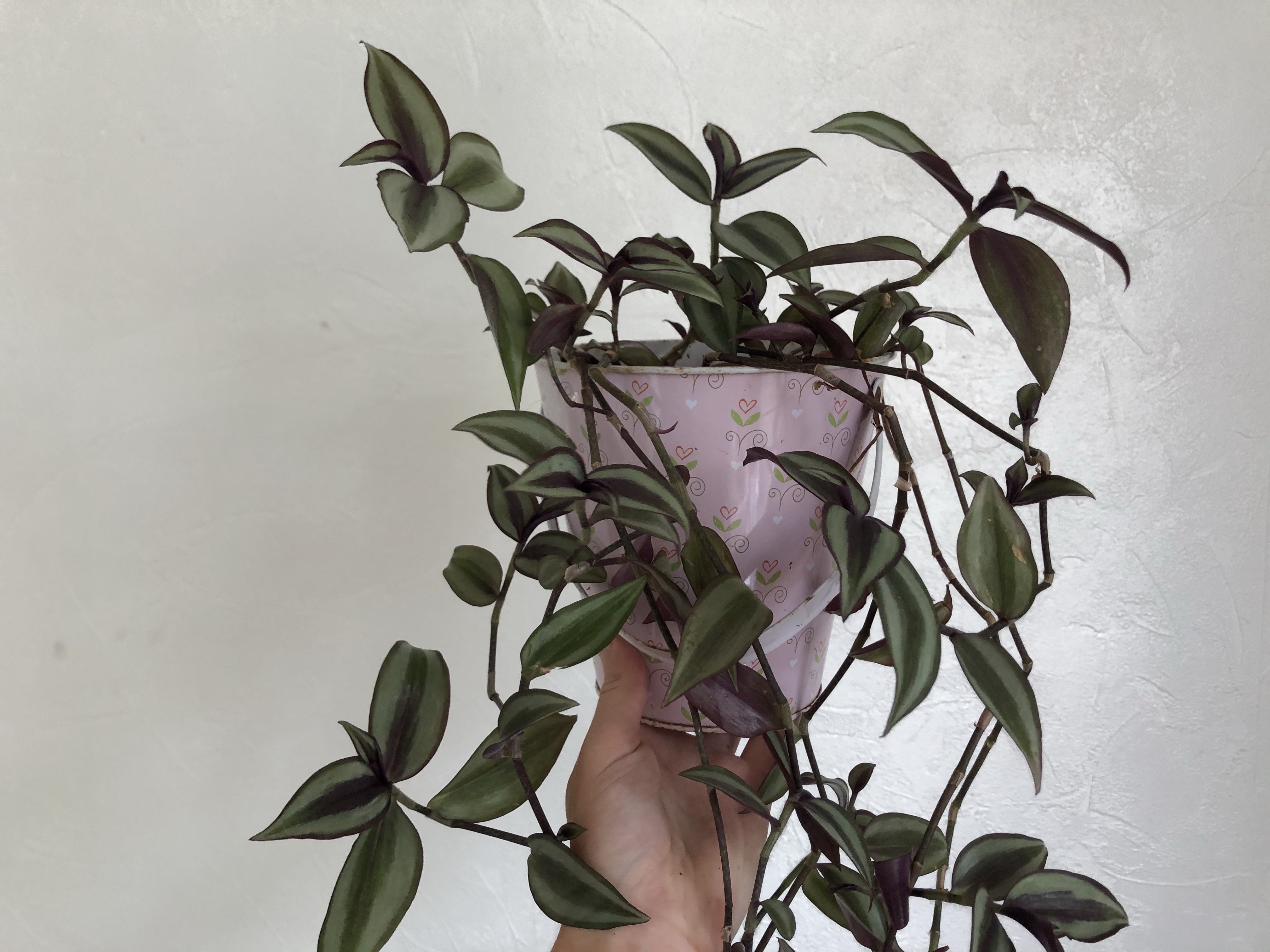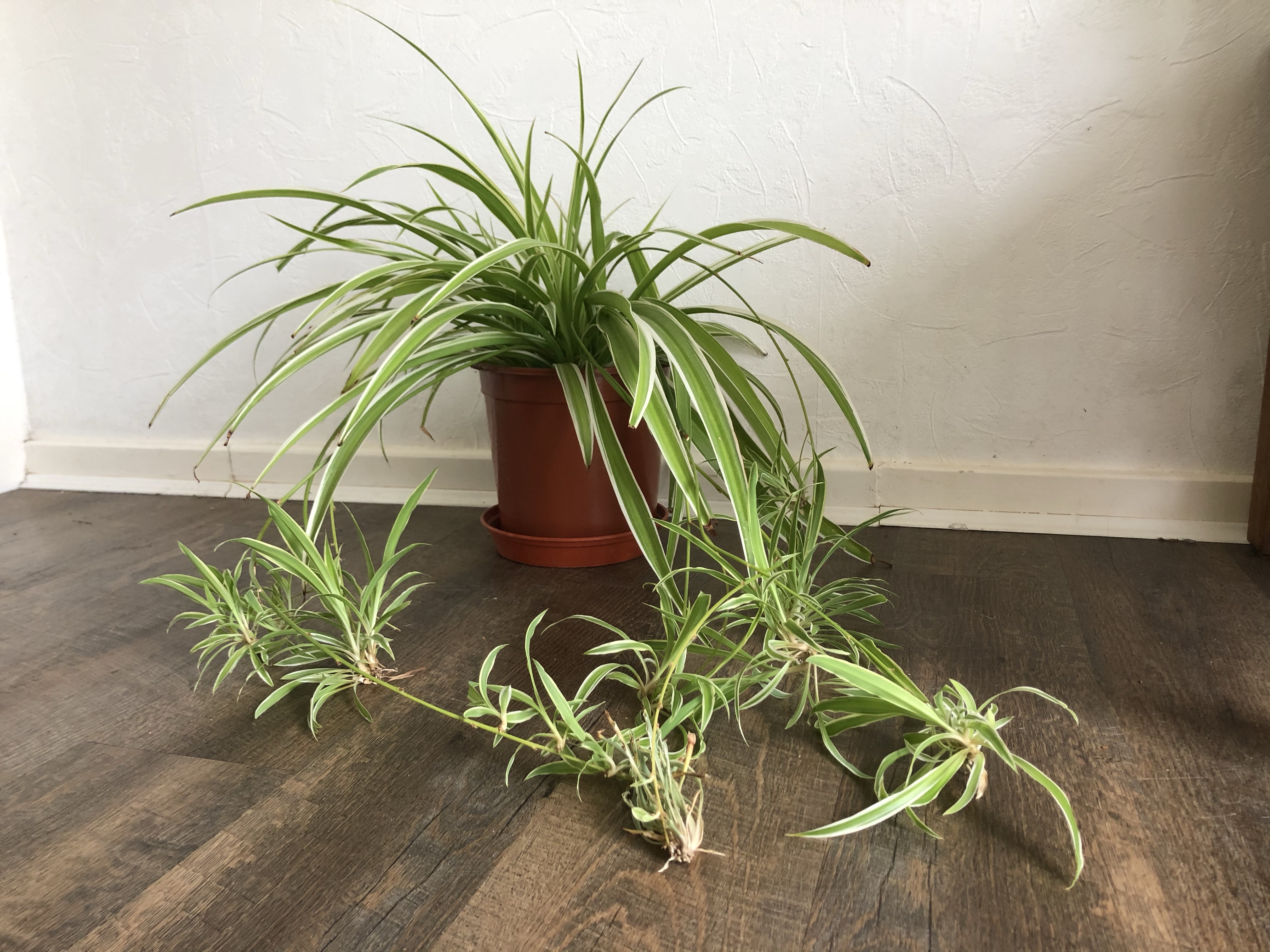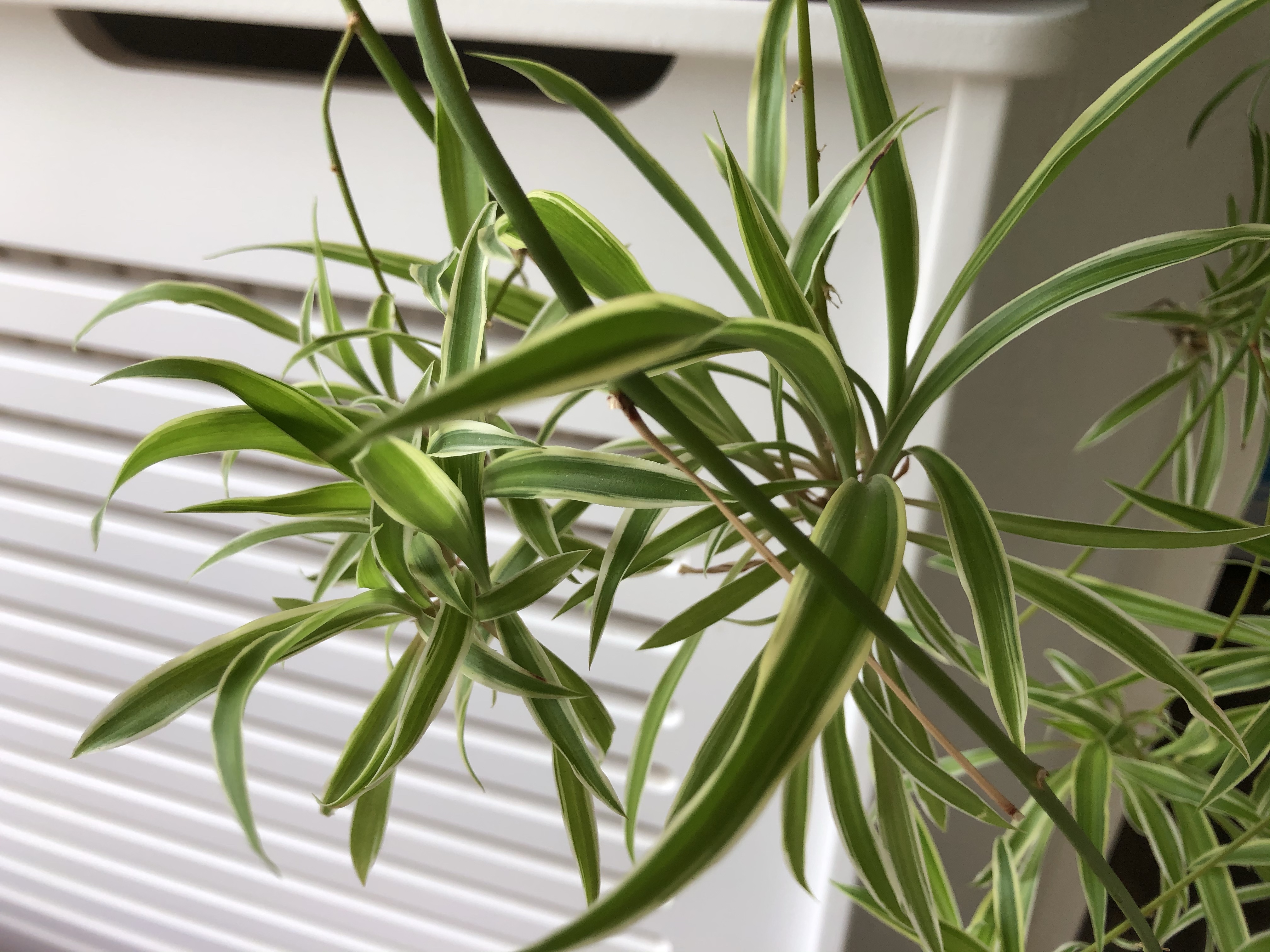Plant propagation is the process of growing a plant from a variety of sources. Sowing seeds is the most common form of propagation, but plants don’t have to produce seeds to reproduce. Plants are also able to undergo vegetative propagation, a form of asexual (without sex) reproduction, where they produce a clone of themselves, using leaves, cuttings, rhizomes or tubers. Vegetative propagation is a rewarding hobby and a great source of gifts for friends and family. We’re going to look at 5 of my houseplants that I regularly propagate.
I have also linked an old video, covering this topic, from my previous YouTube channel. I’m hoping to reinvigorate this channel in the coming months, for more behind the scene, how-tos and topics linked to sustainability. Feel free to check it out. I will be going into a bit more depth than the video in this blog post, so if anything from it raises a question, the answer might be down below!
Wandering Jew Plant
This plant wasn’t mentioned in my video but this Wandering Jew Plant (Tradescantia pallida) is one of the oldest plants in my collection and originated from a plant that was my Mum’s. Wandering Jew Plants are named after their trailing stems, which are said to represent the mythical immortal Jewish man who wandered Europe after taunting Jesus during his crucifixion. These plants have characteristic, variegated leaves with purple underside, making them a unique addition to any plant collection.
They are tolerant of low or indirect sunlight, and so are perfect for trailing from bookshelves in the darker parts of your house. To propagate them, you simply pinch off the end of a stem and place it in a glass of water. This is called water propagation. After a few days, you’ll start to see roots emerge from the cut end. Once these are a few inches long, it’s ready to plant. For a fuller result in a pot, plant a few cuttings together, well spaced-out.
Jade Plant
Whether you call it a Jade Plant or Money Plant (Crassula ovata) this species is perfect for first time plant parents. They can tolerate a range of conditions and infrequent watering, but if you tend them well they grow into beautiful plants. They have succulent, woody stems and shiny, jade green leaves. Whenever I have guests, this is always the one they gravitate to, so I have a few propagations on the go for friends and family.
Propagating Jade Plants is incredibly easy. Sometimes they drop their older leaves, or you can pull them off, and these are the part you will need for propagation. Jade Plants can also be propagated by water propagation, but they can also just be placed directly onto soil. I find that burying the end of the leaf that was cut from the stem slightly into the soil yields the best results. Generally, I’ve found growth from Jade Plants to be slower than my Tradescantia. After a few weeks to a month, you should have a substantial plantlet growing from the leaf, which can then be planted, separated from the natal leaf.
Mother of Thousands
Mother of Thousands (Bryophyllum daigremontianum – don’t ask me to pronounce this one, it always trips me up) is a Madagascan native. They’re extremely drought tolerant and can survive in a range of conditions, making them another great first plant. They do like to be warm though, so don’t leave them in draughty places. Mother of Thousands are named because of their unusual vegetative propagation method. All around the edge of their serrated leaves, they produce hundreds (if not thousands) of plantlets.
To propagate a Mother of Thousands, you need only pick it off of the edge of the leaf and pop it onto soil. This does mean that in owning a Mother of Thousands, you’ve accepted the mission of constantly rehoming its offspring. You will see from my video that I ended up with a bucket of babies, each capable of producing yet more offspring.
Spider Plant
This next plant may be a familiar face to many of you. Spider Plants (Chlorophytum comosum) are a common first houseplant, because of their lush, variegated foliage and easy-to-care-for lifestyle. Spider Plants wilt and pale when they are in need of a drink, giving you a useful hint that it’s time to water them. Like the Tradescantia, they are tolerant of low light and are aesthetically pleasing, draping gracefully from a bookshelf.
Spider Plants vegetatively propagate by producing branches, from which plantlets grow. Leaving the plantlets on the plant doesn’t harm it, and does look majestic, but if you want to pass one on to a friend, propagating them is easy. Some plantlets will begin to produce their own roots, and so can be cut off with from the branch and planted in soil. You can induce root growth in younger plantlets by placing them in a glass of water, while they’re still attached to the parent plant. Once the roots are established, cut the plant off and plant it up.
Cylindrical Snake plant

The final, easy-to-propagate species we’ll cover today is the Cylindrical Snake Plant (Sansevieria cylindrica). They produce these unusual, elongated leaves that curl up to produce these cylinders (hence the name). Another drought resistant species, this Snake Plant requires water only every-other week in the summer, and less often in the winter. For healthy leaves, it does require direct sunlight, although it is resistant to indirect light if that’s your only option.
To propagate them, gently separate a leaf from the bunch and repot it. Each leaf, of few leaves, have a root system, independent of those around them. By teasing them apart, you can pot them up separately and over time they will reproduce asexually and produce and new cluster of plants.

I hope this has encouraged you to give plant propagation a go, and start giving plants as presents. It’s a really rewarding hobby that I find so fulfilling, and giving a gift that someone else can eventually pass on starts a really wonderful lineage between friends and family.
Image credit
Mother of Thousands plantlets on a leaf: CrazyD on Wikimedia (GNU)










5 responses to “5 houseplants you can propagate”
Reblogged this on .
LikeLiked by 1 person
Thank you!
LikeLike
welcome!
LikeLiked by 2 people
Enjoyed this post! If you ever decide to sell plant babies, let me know, I’d be interested in a baby Wandering Jew Plant and a Spiderling too. (Believe it or not, I don’t know anyone with a spider plant anymore!)
LikeLiked by 1 person
[…] introduced Archibald (my Spider Plant) in my Propagating houseplants blog post a few weeks ago, and he features in the background of many of my YouTube videos. […]
LikeLike